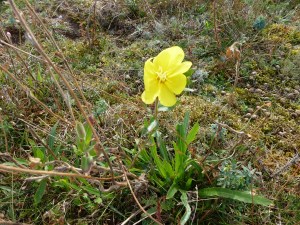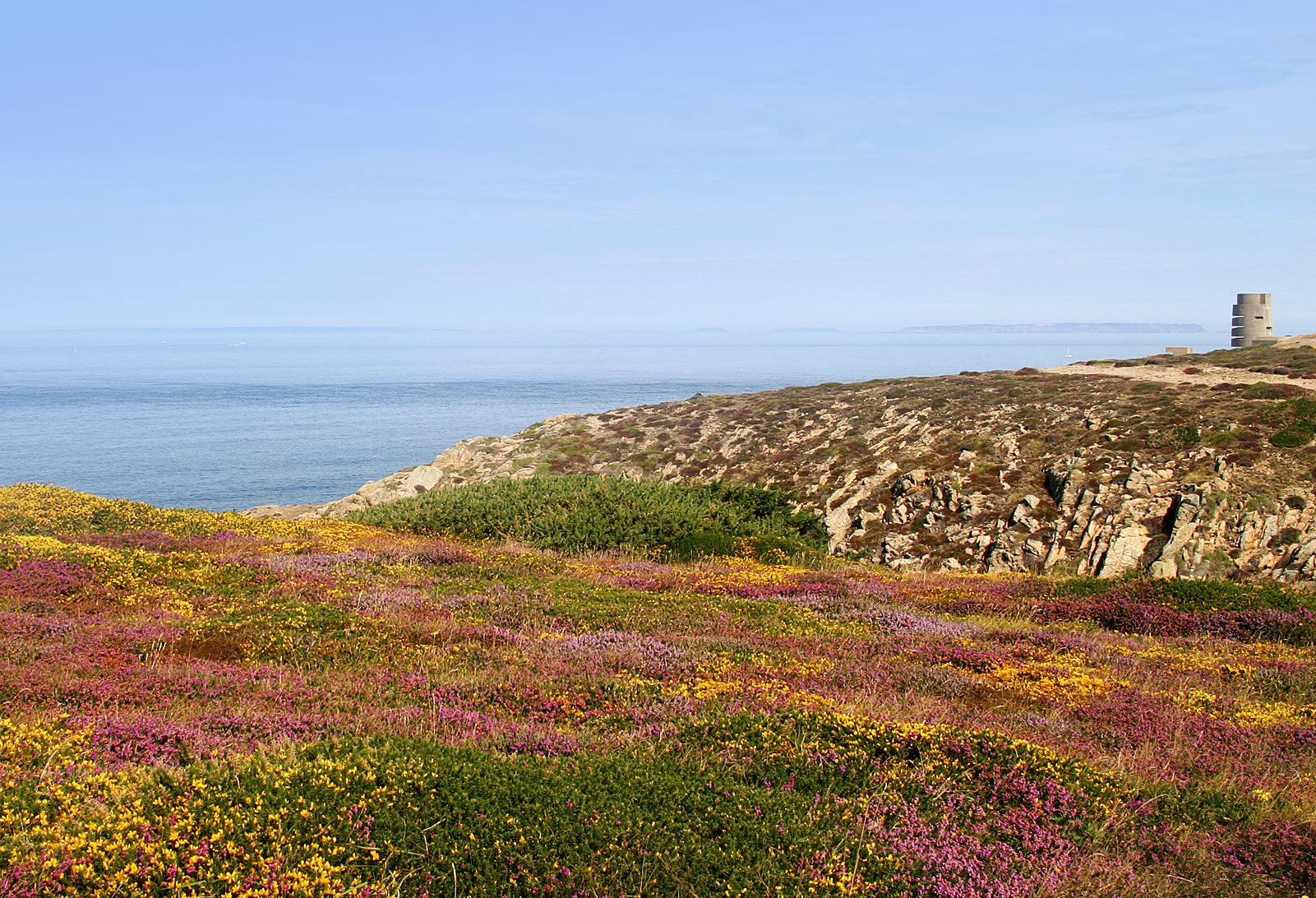By Charlotte Dean
Juveniles taking their pick
We may not have all our chicks blood sampled and sexed yet but there are plenty of signs of relationships developing between the juveniles and a few of our young females. We’re still seeing Sallow, a (potential) male chough from Kevin & Wally’s brood, getting very friendly with Portelet, a female which was wild hatched in 2020. Birch, another potential male chough from Dusty & Chickay’s brood, is becoming acquainted with Chewbacca. As the juveniles settle into their places within the flock, more may be taking their pick of the single ladies of the group. Rocco who was wild hatched in 2020 has been seen arriving at the aviary and allopreening with Alder another potential male from Dusty & Chickay’s clutch. Without the blood sample results we cannot be one hundred percent certain yet that these are true pairs emerging, but looking at the size of these birds, and we have some weights, we have a good idea that they are. Looking at behaviours we’ve been seeing between these new acquaintances too, it could be that within the next few years, or even next year, we’ll hopefully have a few new wild hatched pairs to produce truly wild chicks!
Grazers bring the goods
The National Trust for Jersey’s shepherd is currently managing the coastal landscapes by moving sheep (the grazers) around the Island. Some of those sheep are currently in several fields around Sorel, where the choughs spend most of their time foraging alongside them. The sheep act as a natural land management tool to help restore vegetation and plant and bird communities. The sheep graze in neighbouring fields around the aviary and on the coastline giving our choughs and other bird species a good place to forage. Choughs, favour shorter length grasslands and this is typically where insect diversity is higher. But the choughs do not only forage alongside the sheep, the sheep also provide the choughs with tasty insect larvae that are found in their faeces. During the year we’ve had sightings of the choughs regularly returning to a field containing cattle in St Mary; cattle provide similar benefits to the sheep. But once the cattle were moved, it was not a shock to find that the choughs had moved on to a new foraging spot. It won’t be too long until the choughs start using the grazers for another purpose too – their wool!
Everyone deserves a present
It’s coming to the end of the year, 2022, and we all know what that means, Christmas! But it’s not only us humans who get to enjoy celebrating over the Christmas holidays; the choughs deserve a piece of the joy at Sorel as well. The keepers got creative this year by making some ‘Christmas present’ enrichment. Compared to the scary bright orange pumpkin that loomed in the field at Halloween, the choughs were much less cautious of their new ‘Christmas present’ in one of their usual foraging fields. With some insect persuasion it wasn’t long until the choughs approached their Christmas gift. Interestingly, it was not the juvenile choughs that approached the present first, it was the adults.
End of year review
The wild chough flock on the island has a population of 43 currently. To our knowledge we’ve had no adults go missing over the course of this year. We have also had our highest record of chick survival since the project began; lucky number thirteen. There may be more breeding pairs in the coming year too, not just from the juveniles, as we located our highest number of nest sites around the Island – 15 nests! Who knows, we may even have a breeding pair nest in Guernsey as we know at least two of our females enjoyed a weekend trip away. The chough team are looking forward to what the new year brings for this growing population.











 Wild bees and hoverflies lost from a quarter of the places they were found in 1980
Wild bees and hoverflies lost from a quarter of the places they were found in 1980
 From
From 




 The grazing flock of Manx loaghtan sheep at Sorel have been confined to National Trust fields for the past few months.
The grazing flock of Manx loaghtan sheep at Sorel have been confined to National Trust fields for the past few months. As of last week, a large number have been allowed back out to roam freely between Sorel Point and Devil’s Hole. A reminder to our Jersey readers and anyone visiting, please remember to close gates behind you whilst on site. As you will see from the video below, sheep will be sheep. We don’t want them following you back to the car park.
As of last week, a large number have been allowed back out to roam freely between Sorel Point and Devil’s Hole. A reminder to our Jersey readers and anyone visiting, please remember to close gates behind you whilst on site. As you will see from the video below, sheep will be sheep. We don’t want them following you back to the car park.
 By Jon Parkes
By Jon Parkes 





 Resent soil tests have confirmed that pH levels are still rather alkaline at between pH 8.5 and 8.9 and this is unlikely to change without any intervention due to the amount of concrete based material that must be underneath the layer of imported calcareous sand. Perhaps more encouraging is the nutrient status results from the same soil samples. For example, the amount of available phosphorus is currently between 8.8 and 25.8 mg/l with a “P index” of 0-3, compared to a recently tested former agricultural field which showed levels of available phosphorus at between 66.2 and 153.4mg/l giving a “P index” of between 4 and 7.
Resent soil tests have confirmed that pH levels are still rather alkaline at between pH 8.5 and 8.9 and this is unlikely to change without any intervention due to the amount of concrete based material that must be underneath the layer of imported calcareous sand. Perhaps more encouraging is the nutrient status results from the same soil samples. For example, the amount of available phosphorus is currently between 8.8 and 25.8 mg/l with a “P index” of 0-3, compared to a recently tested former agricultural field which showed levels of available phosphorus at between 66.2 and 153.4mg/l giving a “P index” of between 4 and 7. Our current situation, with the encouraging results of vegetation surveys, indicates that the soil choice was a good one. Whilst our soil pH is much higher than we would have ideally liked, this is something that can be changed by adding sulphur, an expensive but affective way of raising acidity. As the results from the former agricultural field’s shows, high soil fertility is much more of a problem with no “magic cure”.
Our current situation, with the encouraging results of vegetation surveys, indicates that the soil choice was a good one. Whilst our soil pH is much higher than we would have ideally liked, this is something that can be changed by adding sulphur, an expensive but affective way of raising acidity. As the results from the former agricultural field’s shows, high soil fertility is much more of a problem with no “magic cure”.
 From the
From the 




